A canvas like no other, the tulle-bi-telli is a traditional metal thread embroidery that weaves grace and elegance together. Born in the Upper Egyptian city Assiut, the beautiful textile marries cotton or linen mesh with small strips of metal. The textile is rendered using a variety of stitches, resulting in highly textured designs with beautiful patterns.
The History
The Egyptian netting fabric is named after its city of origin in the 19th century, ‘Assuit,’ and is often known as ‘tally,’ or ‘tulle bi telli,’ throughout Egypt. The concept of metal embroidery dates back to ancient Egypt, where threads embroidered with beaten metal, particularly strands of gold, were found in the tombs of ancient rulers, particularly in King Tutankhamun’s tomb in the 14th century BCE.
The art of embroidery has been known as a craft that has historically spread in Egypt; it was made by craftsmen who used to embroider linen, silk and cashmere fabrics with gold and silver threads as to give the final product an additional luster. The art of embroidery has been linked to religious beliefs, as well as Egyptian customs and traditions. Religious vestments worn by priests in Churches as well as wall hangings often have elements of embroidery in their designs. Embroidery has been long prominent in Egyptian culture during the 1930s when it was used to make belly dancers’ costumes as well part of a bride’s trousseau.
It is still present in small villages in most of the rural areas with its distinctive style, tools and threads.
Behind the Scenes

Favored for its ability to drape, the tulle-bi-telli was first produced in Assiut by hand-embroidering onto leftover mosquito nets. As the fabric became more popular, it was replaced with a Victorian invention, the bobbinet. Invented by John Heathcoat in 1808, the bobbinet is a machine-made fabric made of cotton, or in older pieces, linen.
The telli is woven using several lines of silk, cotton, or nylon threads in various colors, combined with the gold or silver metallic to create intricate and unique braids. Traditionally, the metallic straw would be real silver or gold, but synthetic materials have replaced the much more expensive alternative. The braiding process can take anywhere from a couple of hours to weeks depending on the pattern.
With a flat wide needle, thin strips are threaded and criss-crossed through the holes in the net. The inevitable crisscrossing due to the holes of the net almost always results in geometric designs. The textile features images of floral motifs, trees, women with children, and amuletic designs. In the late 20th century, the designs featured clearer geometric shapes, sun and stars, and animals.
Versatile in nature, the results range from traditional shawls, wedding veils, dresses, curtains, bags, and blouses. The silver and golden infused motifs have maintained their timeless charm.
The Glitz and the Glamor
Tulle-bi-telli is often found in the form of a shawl, but it can also be seen in large and small pieces. Large pieces are often used as canopies and traditional Egyptian dresses .
The shawls come in different sizes, where most are long and narrow, and eminent with different designs. It believed that designs have been passed down through families, as with weaving and embroidering work. Coptic Christian designs often have animal and human figures, whereas Muslim shawls rely on geometric designs. The geometric designs were popular with the Art Deco movement, beginning around 1925.
In Upper Egypt, it was customary for every bride to be presented with a shawl prior to her marriage. Brides often received a shawl as a gift from either her family or the groom’s family to be fashioned into a veil or a traditional dress known as the galabeya.
Popular in Egyptian culture, tulle-bi-telli was commonly found in the wardrobes of singers, musicians, and Egyptian elite. It was then transported onto the Western side of the world, where Hollywood met the cloth of Egypt.
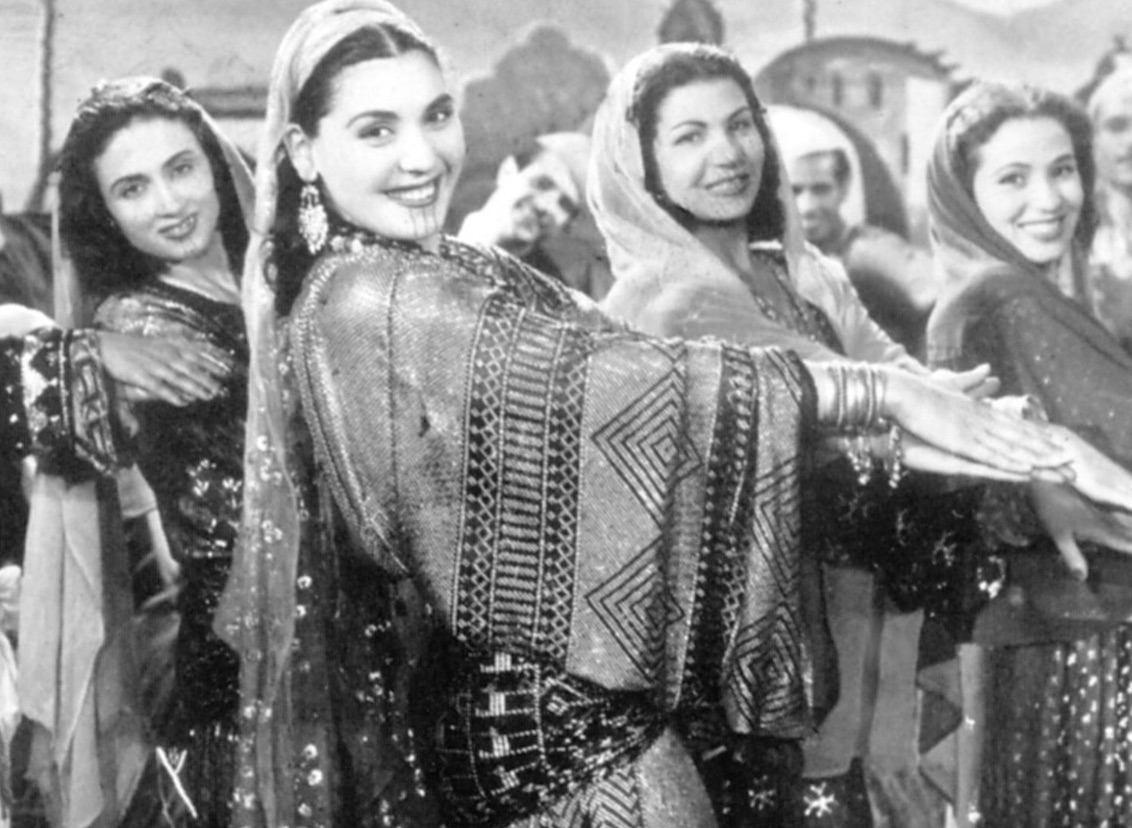
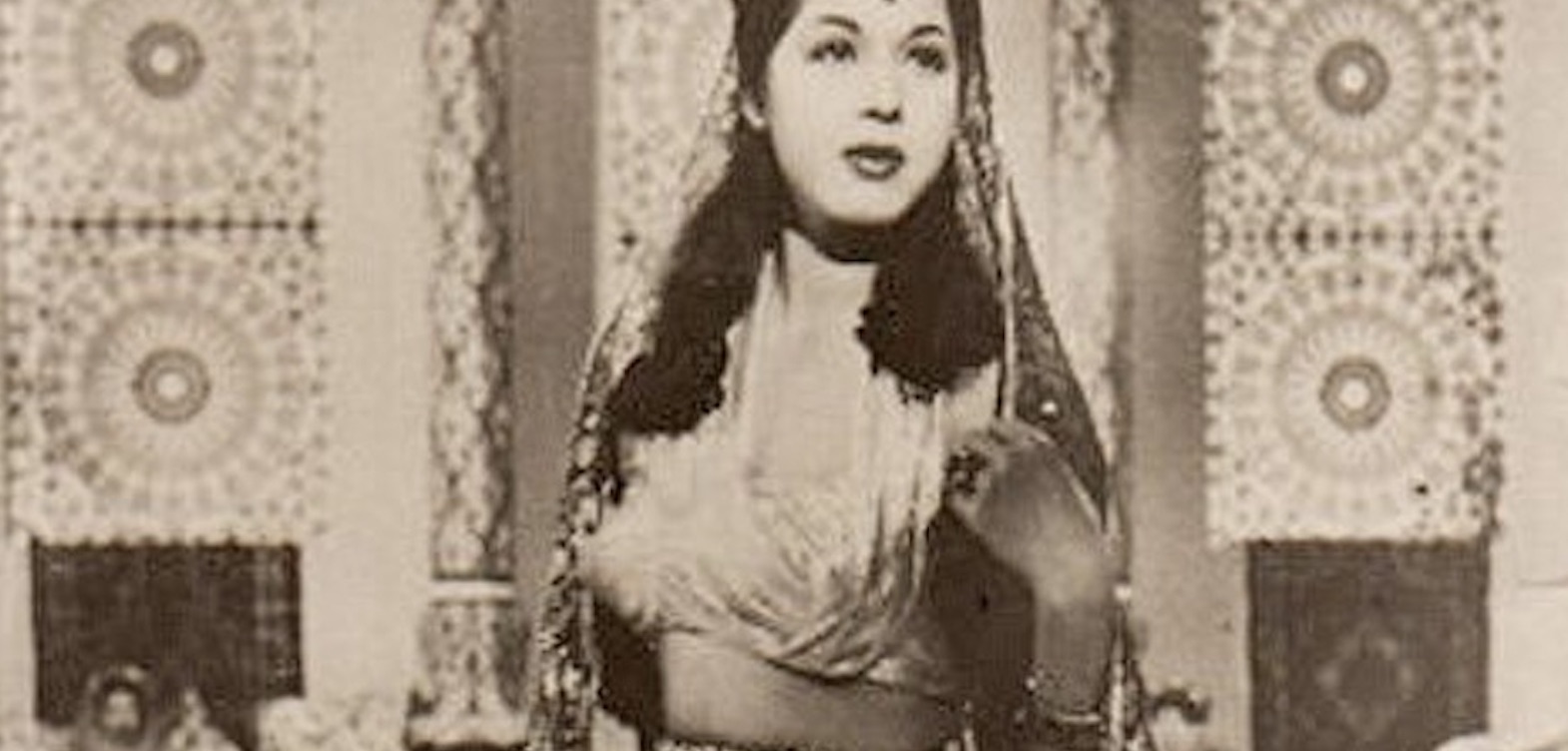
Iconic Egyptian belly dancers Samia Gamal and Tahiya Karioka flaunted tulle-bi-telli in their performances. The ever-magnificent Egyptian Miss Universe, Charlotte Wassef, wore tulle-bi-tellu in 1934’s global competition. It was also found to be worn by Egypt’s former Queen Nazli.
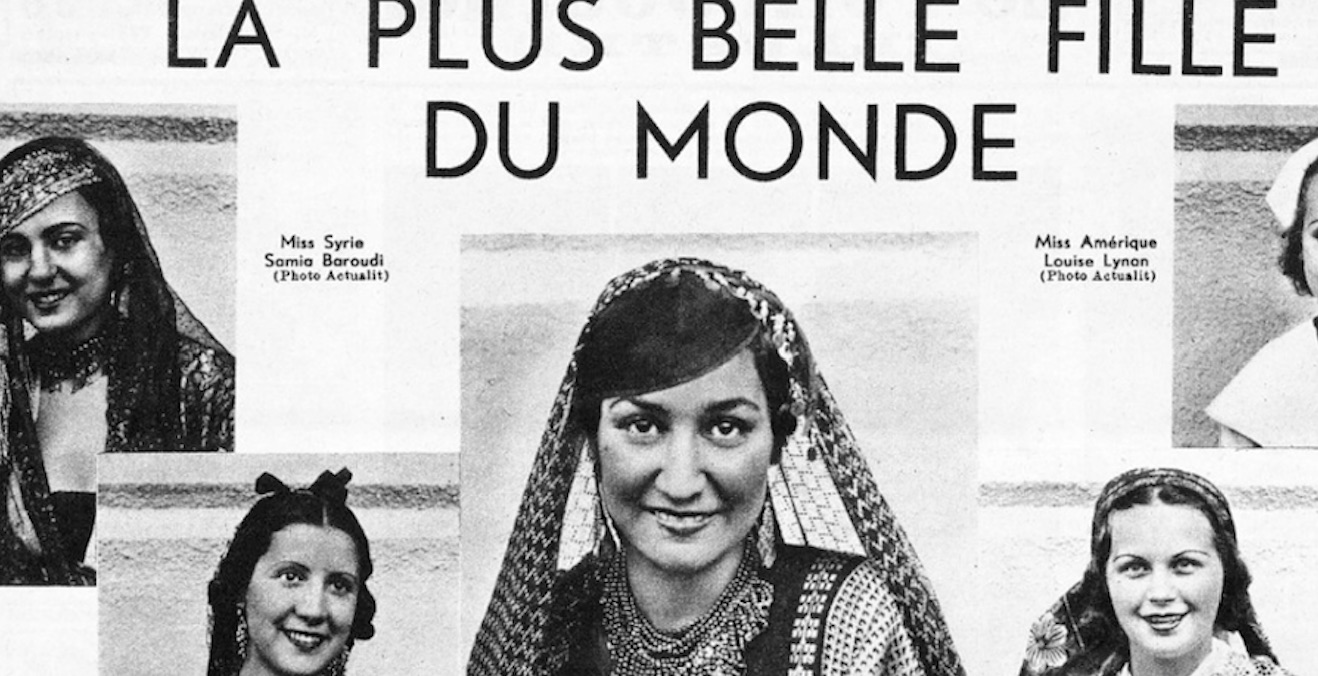
Tulle-bi-telli can be seen in Cecil B. Demille’s Hollywood production of Cleopatra, on Hedy Lamar in Samson and Delilah, and in designs by Rudolf Valentino. The fabric has been found in the wardrobes of international performing artists including Cuban music star Rita Montaner as well as in fashion houses like Dior, Jean-Paul Gaultier, as well as the famous Delphos dress by Mariano Fortuny.
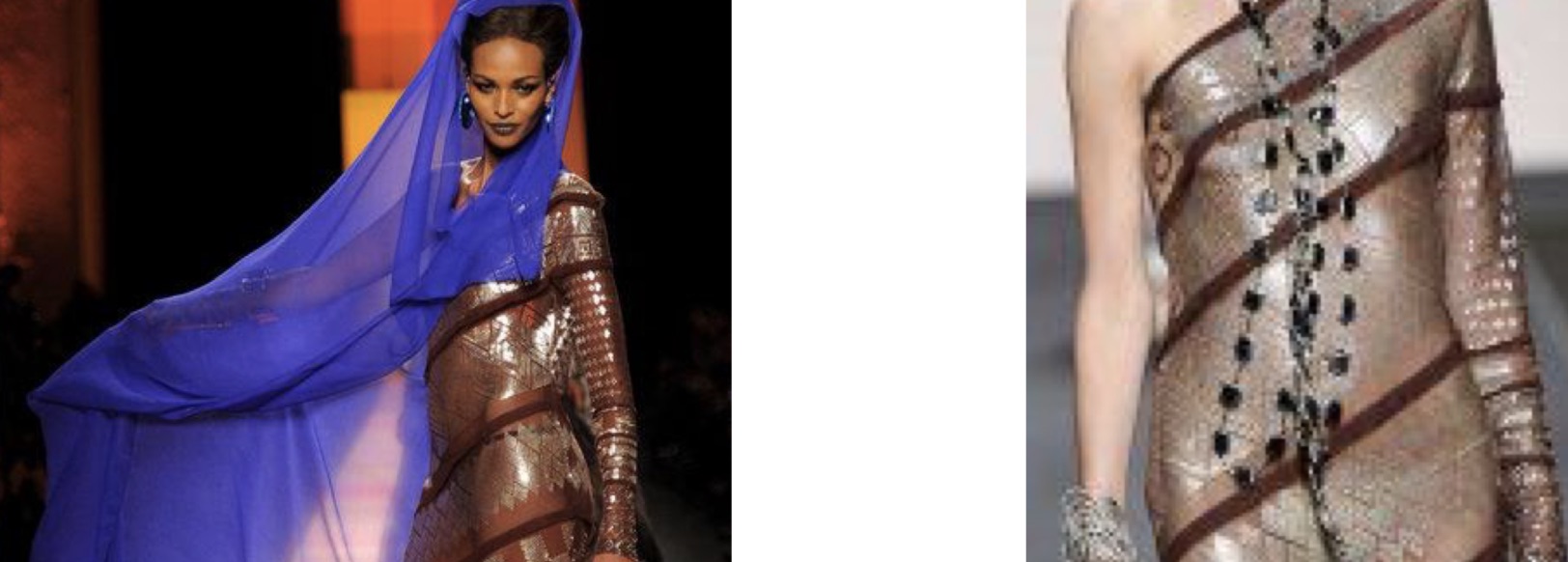
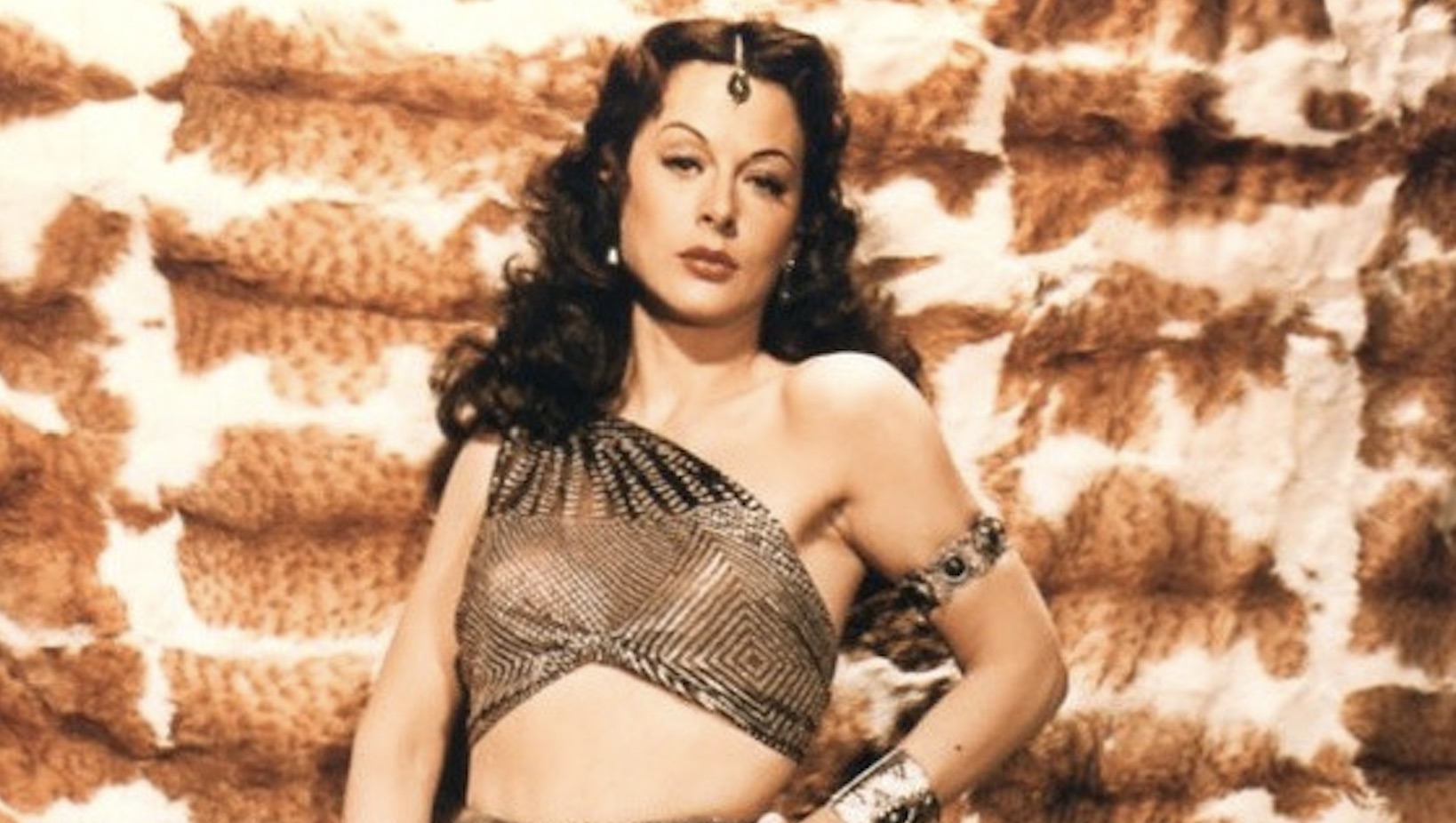
The fabric is still made in Egypt today, but it is more prevalent in Sohag governorate than Assuit. Women around Upper Egypt, especially in the village of Shandawil Island, rely on the making of tulle-bi-telli as a source of income to help raise their children.






Comments (3)
[…] تراث أسيوط: التطريز بالتل والتلى […]
[…] تراث أسيوط: التطريز بالتل والتلى […]